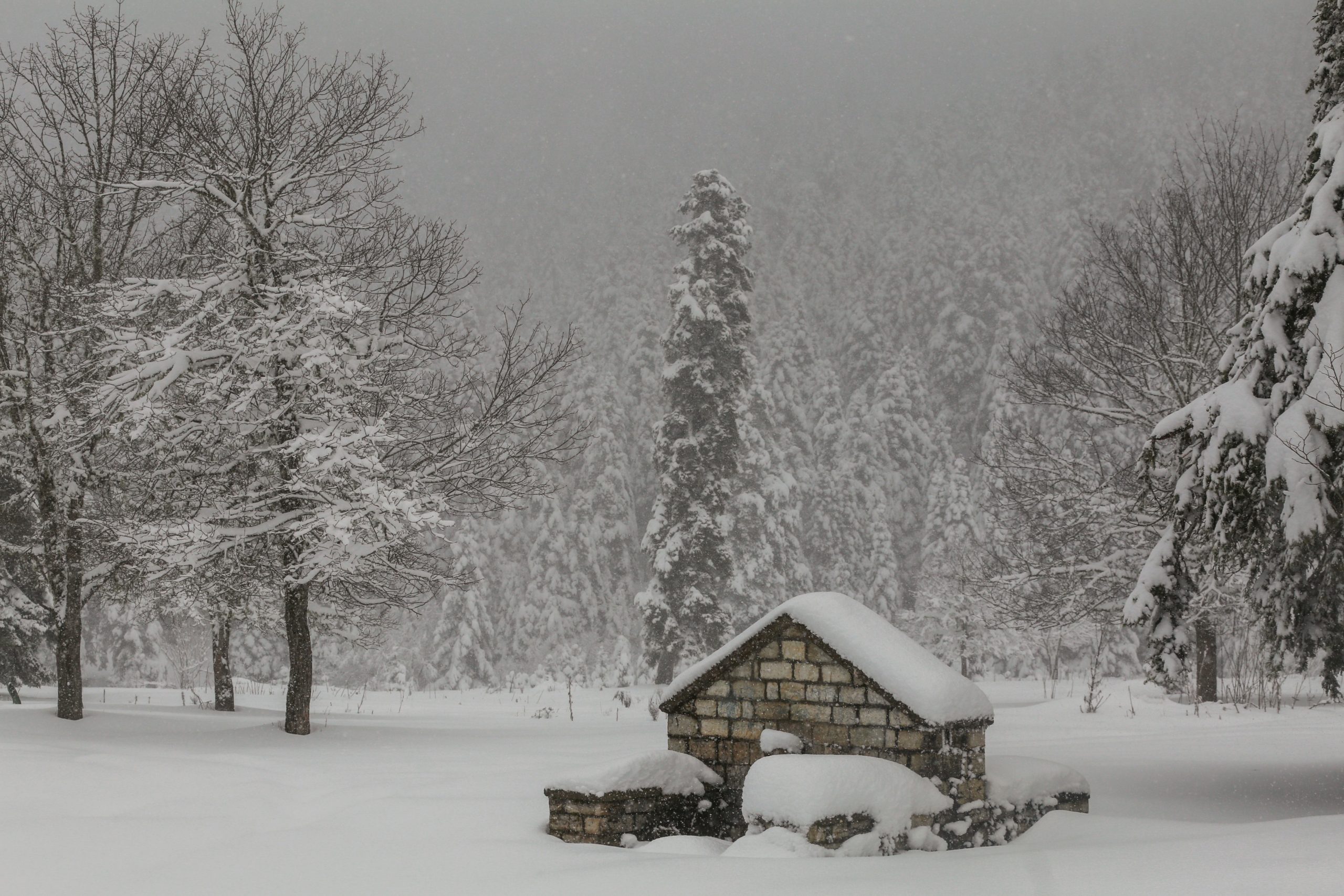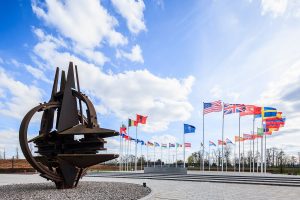Storm Coral has made headlines as the first major storm to hit the Eastern Mediterranean in 2025, forecast to bring freezing temperatures, icy rain, winds, snow in some regions, and the potential for widespread disruptions including power outages in Cyprus.
But beyond its impact, many may wonder: how did storm Coral get its name and why do we name storms at all?
The answer reveals that storm names are more than just a label—they help save lives by ensuring clear communication between meteorologists, authorities, and the public.
Why Are Storms Named?
The naming of storms isn’t random— it is the result of significant yet imperfect global efforts to develop a worldwide system to name storms, in order to improve communication around storms, enhance public awareness, and facilitate emergency responses.
The practice of naming storms dates back centuries, says the World Meteorological Organization (WMO). Early meteorologists often identified storms by the dates they occurred or their location. However, this proved inefficient, especially when multiple storms were active at the same time and occured across borders. To improve clarity, meteorologists began using names, making it easier for the public and authorities to track and discuss severe weather events.
The practice of naming weather systems has been founded by the Australian Meteorologist Clement Wragge from Queensland who started in 1894 to name both extratropical and tropical cyclones.
Today, as part of its mandate to promote international cooperation and the implementation of an Earth system approach for the development of meteorology, climatology, operational hydrology and related environmental services, the WMO manages global storm-naming conventions.
Each year, regional meteorological centers use pre-approved lists of names for storms, which they have agreed upon. Names are assigned once a storm reaches a certain intensity.
Global and Regional Naming Practices
Different regions have different naming protocols:
- Atlantic and Pacific Storms: The WMO provides rotating six-year lists of names for hurricanes in these regions. If a storm is exceptionally deadly or destructive, its name is retired.
- Europe: Meteorological agencies in Ireland, the UK, and the Netherlands collaborate on annual storm lists to improve public awareness. Other regions of Europe decide on names through loser processes.
- Asia and the Pacific: Naming lists are contributed by various countries, reflecting linguistic diversity.
- Australia and the Indian Ocean: Each meteorological center maintains unique naming conventions, following similar guidelines.
How Are Storms Named in the Eastern Mediterranean?
Unlike tropical cyclone-prone regions, the Eastern Mediterranean does not experience hurricanes but rather intense extratropical storms, which can bring strong winds, heavy rainfall, and flooding, including “medicanes” (Mediterranean hurricanes). The region is also subject to windstorms and a ‘windstorm season’, which occurs over the winter months, but the exact definition of a windstorm remains elusive.
In January 2017, the National Observatory of Athens (NOA) started to name weather systems that would be expected to cause significant social and economic consequences in Greece. In order to do this, the NOA developed a number of criteria that took into account the meteorological hazard as well as the size of the affected area and population at risk.
Now, Greece, Cyprus, and Israel collaborate on naming significant storms affecting the region. And according to Israel’s meteorological service, the Eastern Mediterranean Group have agreed on names for the 2024–25 season in Greece, Israel, and Cyprus. Storm Alexandros, Bora and now Coral have already been used. “On deck” are Daphne, Ermis, Frida, Gerasimos, and many more.



